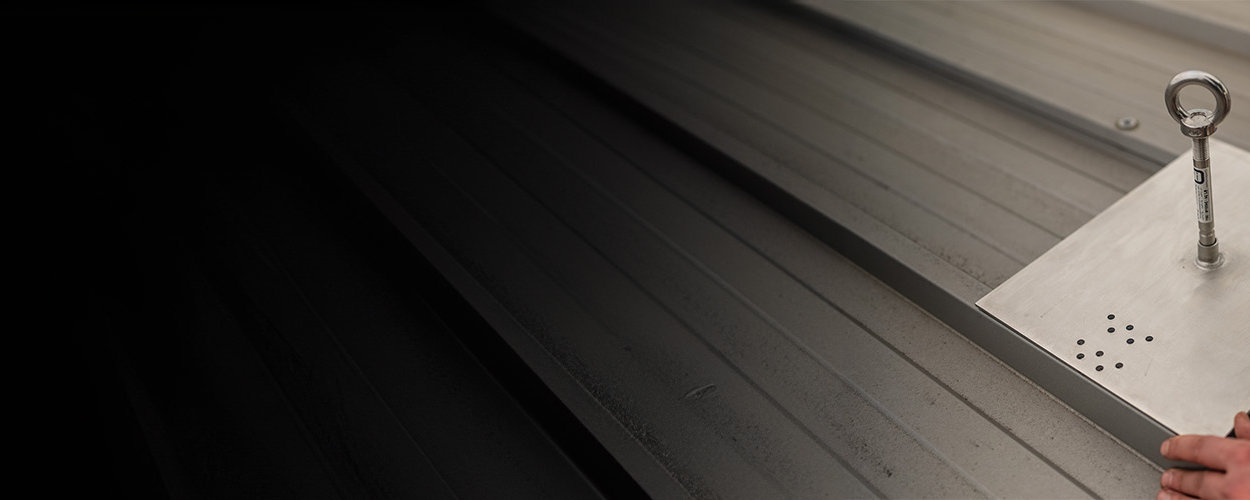ASR A2.1 - What does this mean?
ASR A2.1 is an important standard for workplace safety. It sets out detailed regulations to prevent falls and falling objects and to ensure safe access to hazardous areas. These standards serve to protect employees and promote workplace safety and health. They are drawn up by the Committee for Workplaces and published by the Federal Ministry of Labor and Social Affairs in order to always meet the latest requirements.
Areas of application
- ASR A2.1 has the clear objective of protecting employees from falling and falling objects and ensuring safe access to roofs and hazardous areas.
- It is important to note that it does not apply to the installation and operation of workplaces and traffic routes that are part of work equipment covered by the Ordinance on Industrial Safety and Health.
Risk assessment and protective measures
Danger from falling
ASR A2.1 defines clear criteria for assessing the risk of falling. These include factors such as
- Fall height,
- Type and duration of the activity,
- Distance to the edge of the fall,
- condition of the stand,
- lower-lying areas and
- the working environment.
Planning documents for structural installations can also be included in the risk assessment. There is always a risk of falling if the fall height is more than 1.0 m.
Measures to protect against falling
ASR A2.1 attaches great importance to structural and technical protective measures and prefers them to organizational and individual protective measures. The following priorities are defined:
- Fall protection should primarily be implemented.
- If operational reasons do not permit the use of fall protection, fall arrest systems should be installed.
- If neither fall protection nor fall arrest systems can be used, personal fall protection equipment (PPE) can be considered as an individual protective measure. It is essential that suitable anchorage devices are available and that employees have been trained accordingly.
- In special cases, where the nature of the work and the workplace require special measures, PPE can be dispensed with in individual cases. However, this requires that the employees are professionally qualified, have received special instruction from the employer and that the edge of the fall is clearly visible.
Risk from falling objects
The following criteria must be carefully considered when assessing potential hazards in the workplace associated with employees' activities:
- The difference in height between the area from which objects could fall and the areas that employees walk or drive on.
- The nature of the falling objects, including their shape, weight and composition, for example whether they are solid material or liquids.
- External influences such as weather conditions (such as wind) that could affect the risk.
Conclusion
In summary, ASR A2.1 provides a comprehensive framework for protection against fall hazards and falling objects. It sets out clear priorities for preventive measures, with preference given to structural and technical solutions. Only if these cannot be implemented for operational reasons are alternative protective measures such as fall arrest systems or personal protective equipment used. The standard also sets out detailed requirements for the dimensions and positions of protective equipment as well as special construction site situations. Overall, ASR A2.1 provides an important guideline for safety in the workplace when dealing with fall and falling hazards.
